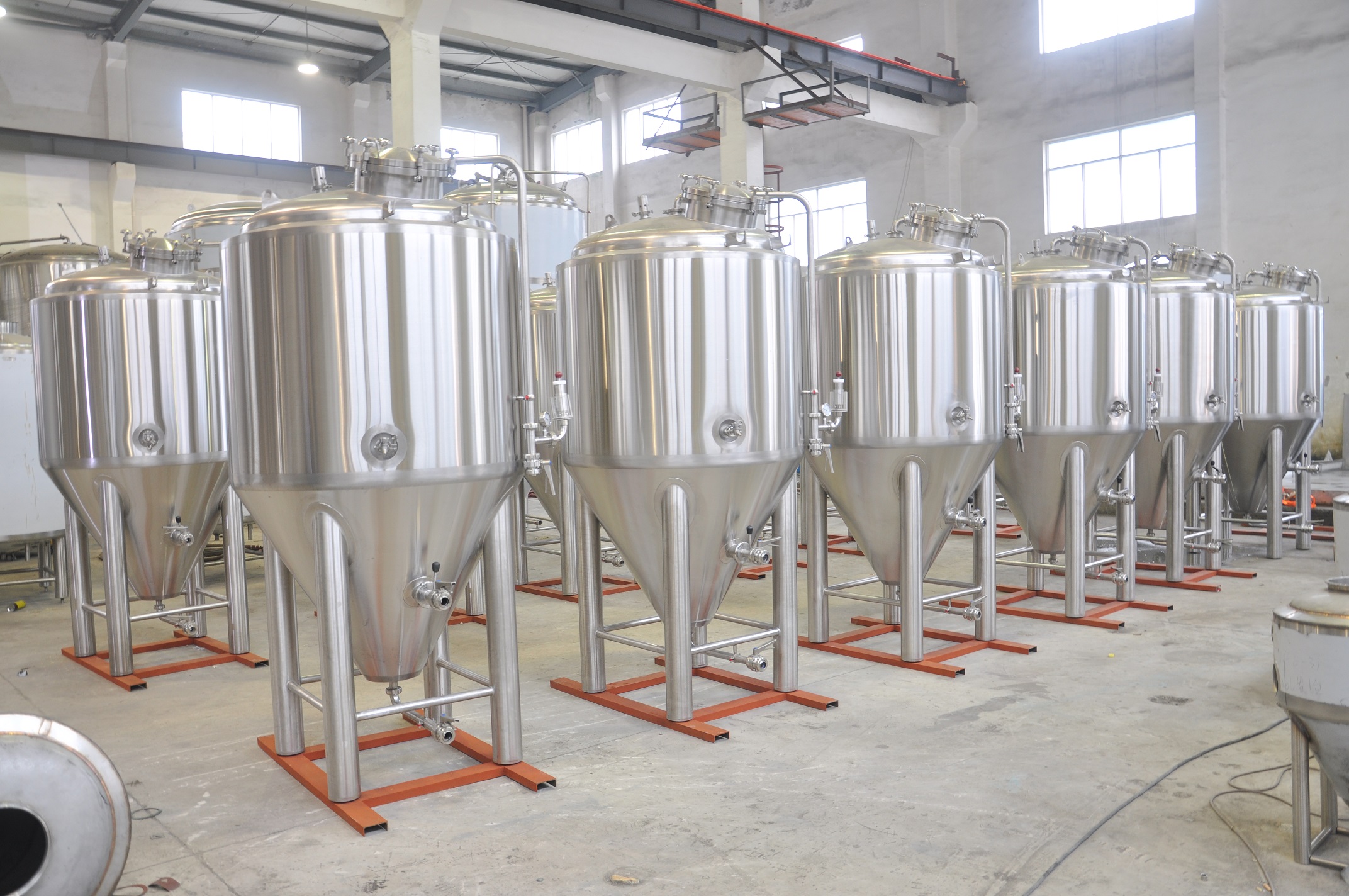
Brewery Vessels – Cellar Tanks
Cellar tanks are an essential part of the brewing process, and they play a crucial role in the fermentation and conditioning of beer. Here are some of the most common types of cellar tanks you’ll find in a brewery:
1.Fermentation Tanks:
Fermentation tanks are used to house the wort (unfermented beer) during the fermentation process. Yeast is added to the wort, and it converts the sugars into alcohol and carbon dioxide, creating beer. These tanks are typically made of stainless steel, which is preferred due to its durability, ease of cleaning, and non-reactive properties.
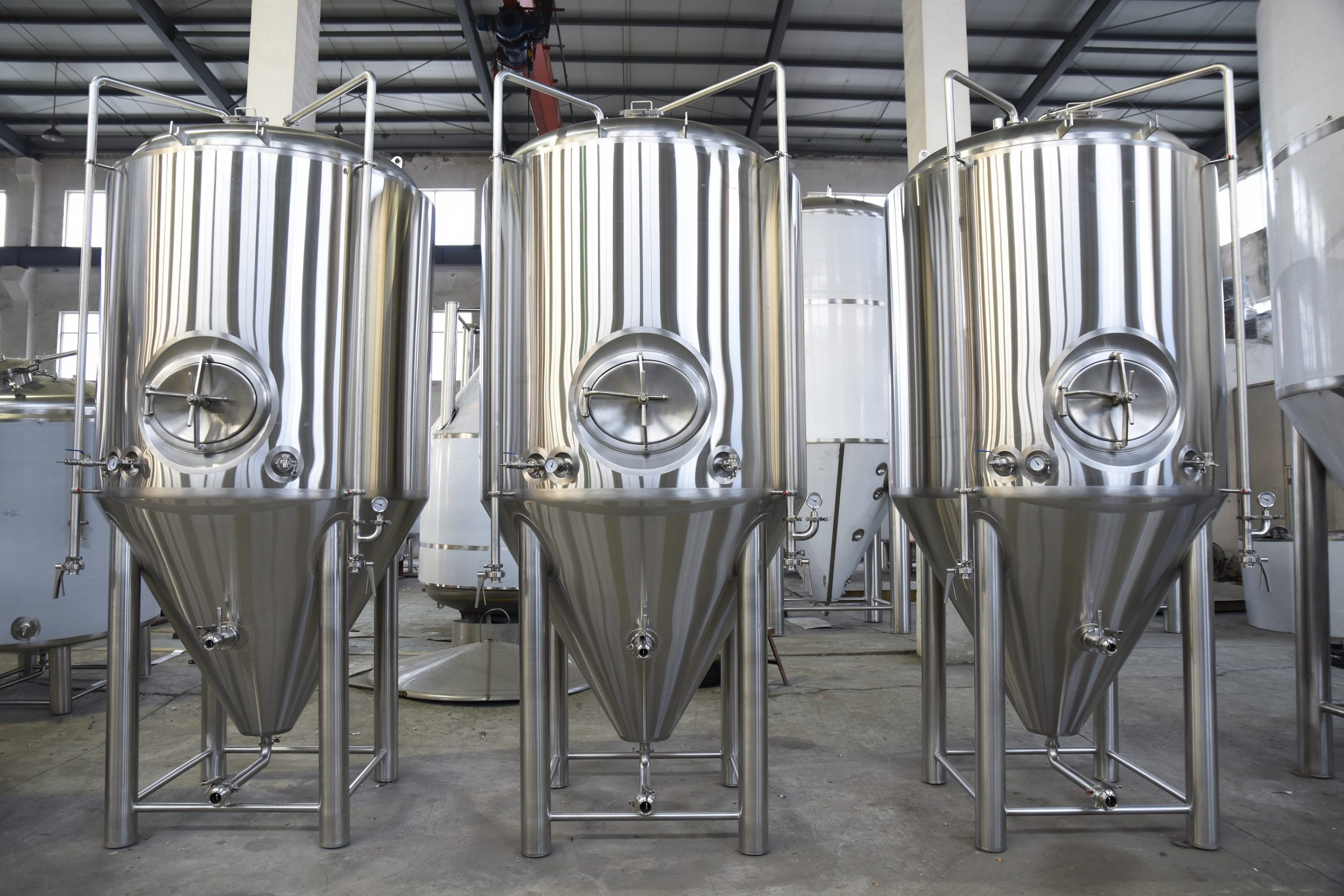
2.Bright Beer Tanks:
Bright tanks, also known as conditioning tanks or maturation tanks, are used for post-fermentation processes. Once fermentation is complete, the beer is transferred to these tanks for conditioning and clarification. This allows the beer to mature and develop its flavors while any remaining yeast and other particles settle out. Bright tanks are often equipped with a cooling system to maintain the desired temperature.
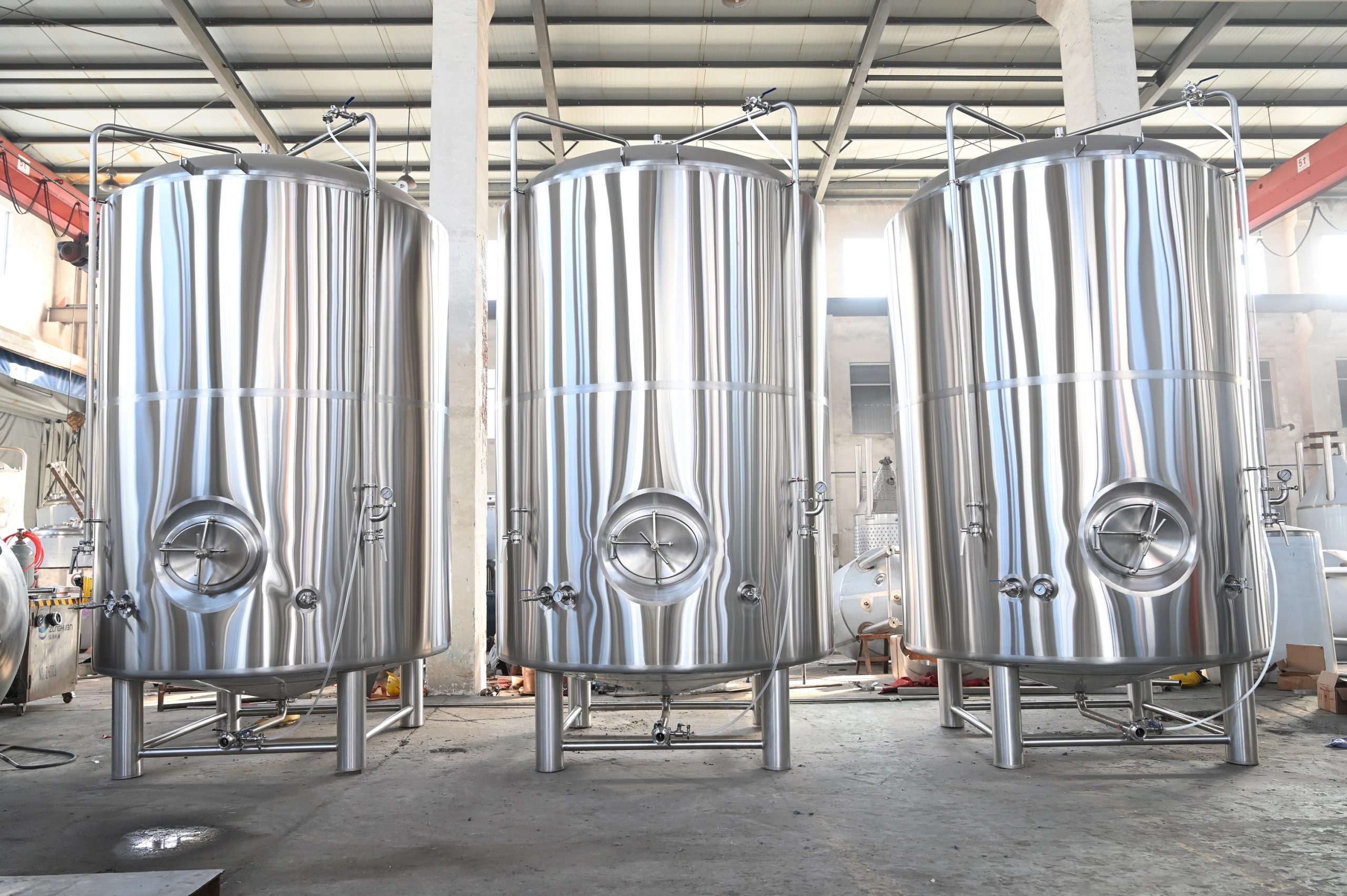
3.Beer Uni-Tanks:
Beer Uni-tanks, short for “universal tanks,” combine both the functions of fermentation and bright tanks into one vessel. This means that after fermentation, the beer can be conditioned in the same tank, eliminating the need for transferring between vessels. Beer Uni-tanks are popular among craft breweries with limited space or small batch sizes.
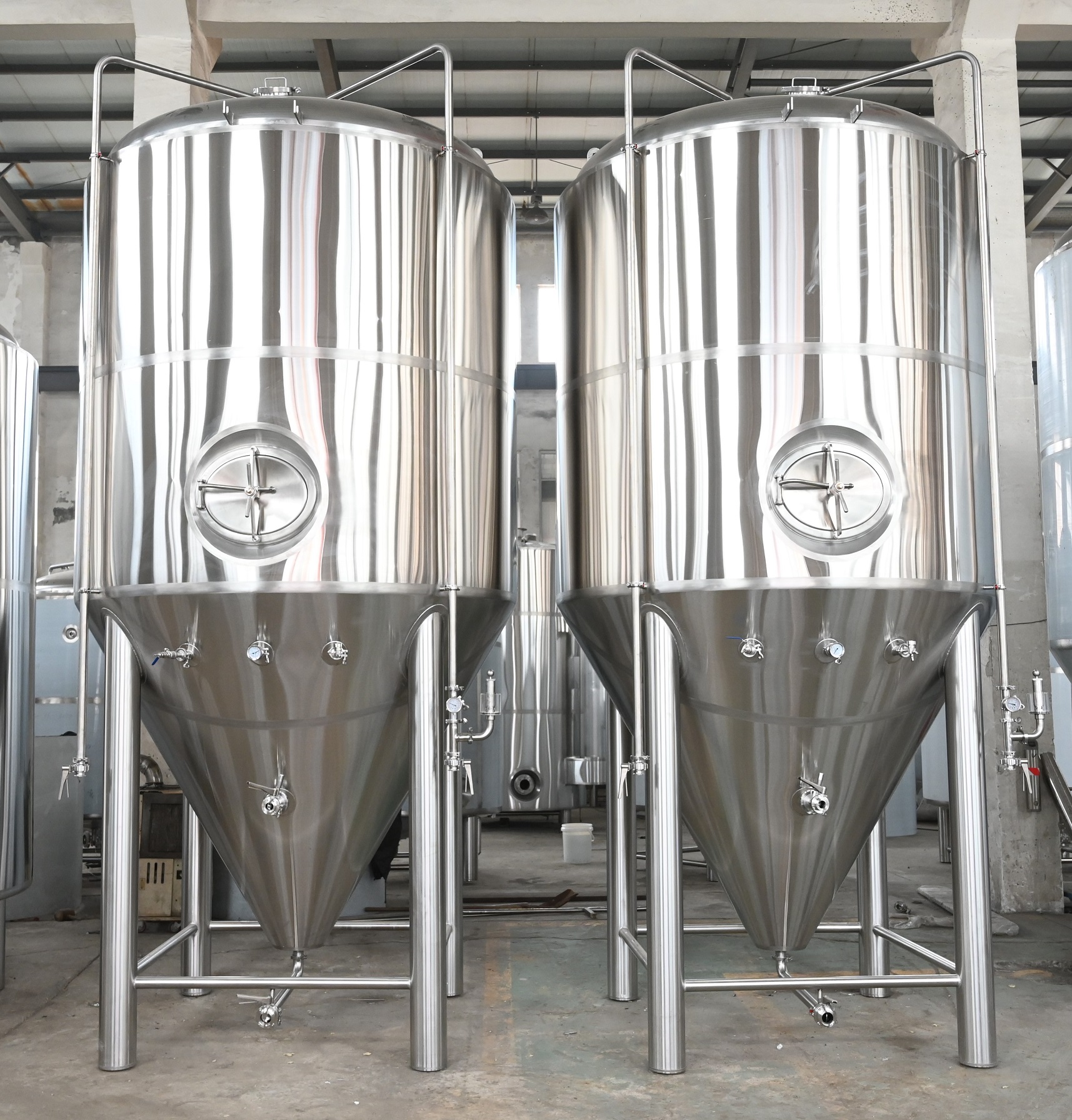
4.Horizontal Tanks:
Horizontal tanks are cylindrical vessels that lie horizontally rather than the traditional vertical orientation. These tanks are used for specialized purposes and are less common than vertical tanks. Horizontal tanks might be used for lagering or other unique fermentation or conditioning requirements.
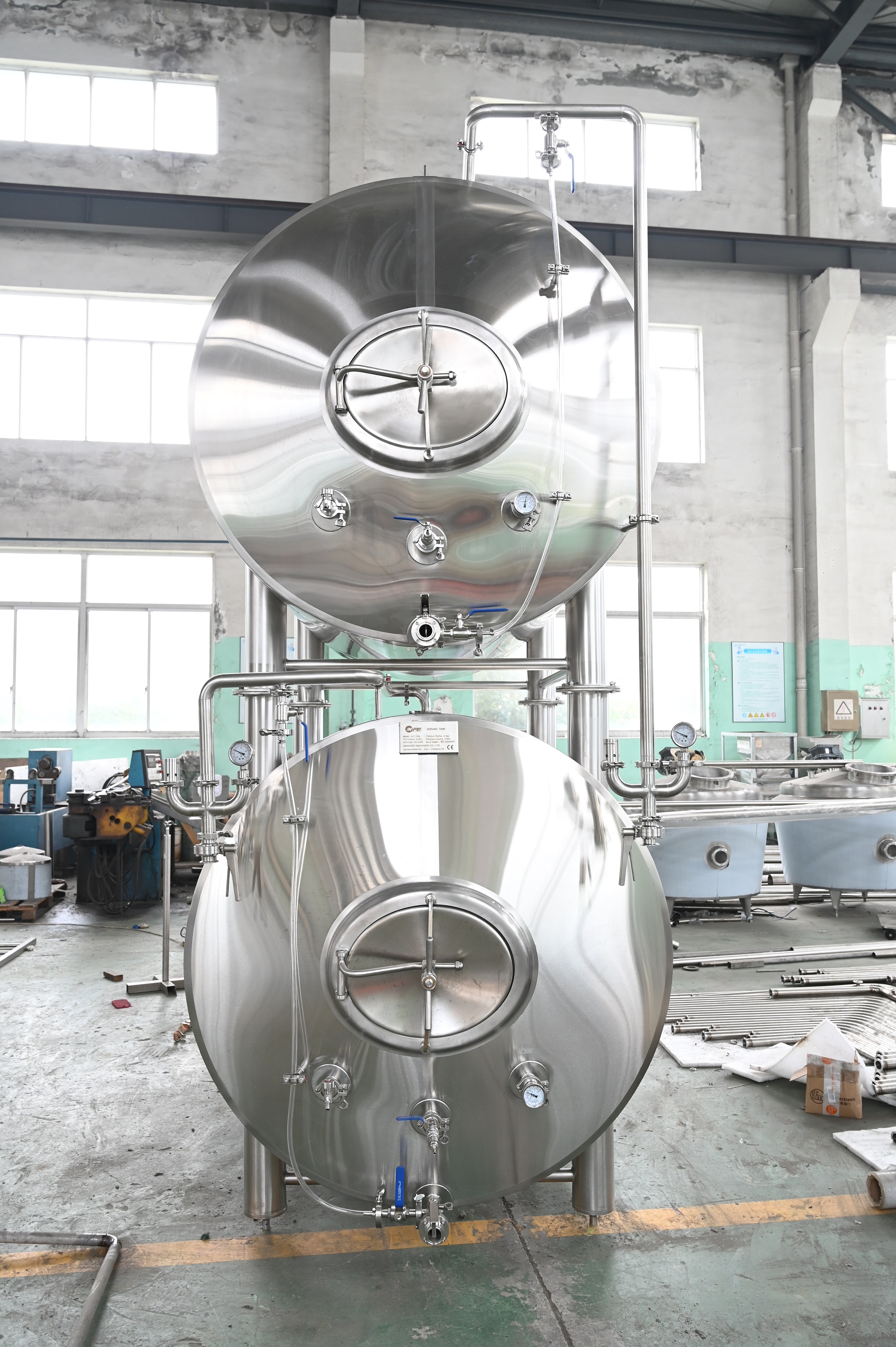
5.Stackable Tanks:
Some breweries use stackable fermentation or conditioning tanks to maximize their space and capacity. These vessels can be stacked vertically, utilizing the height of the cellar effectively.
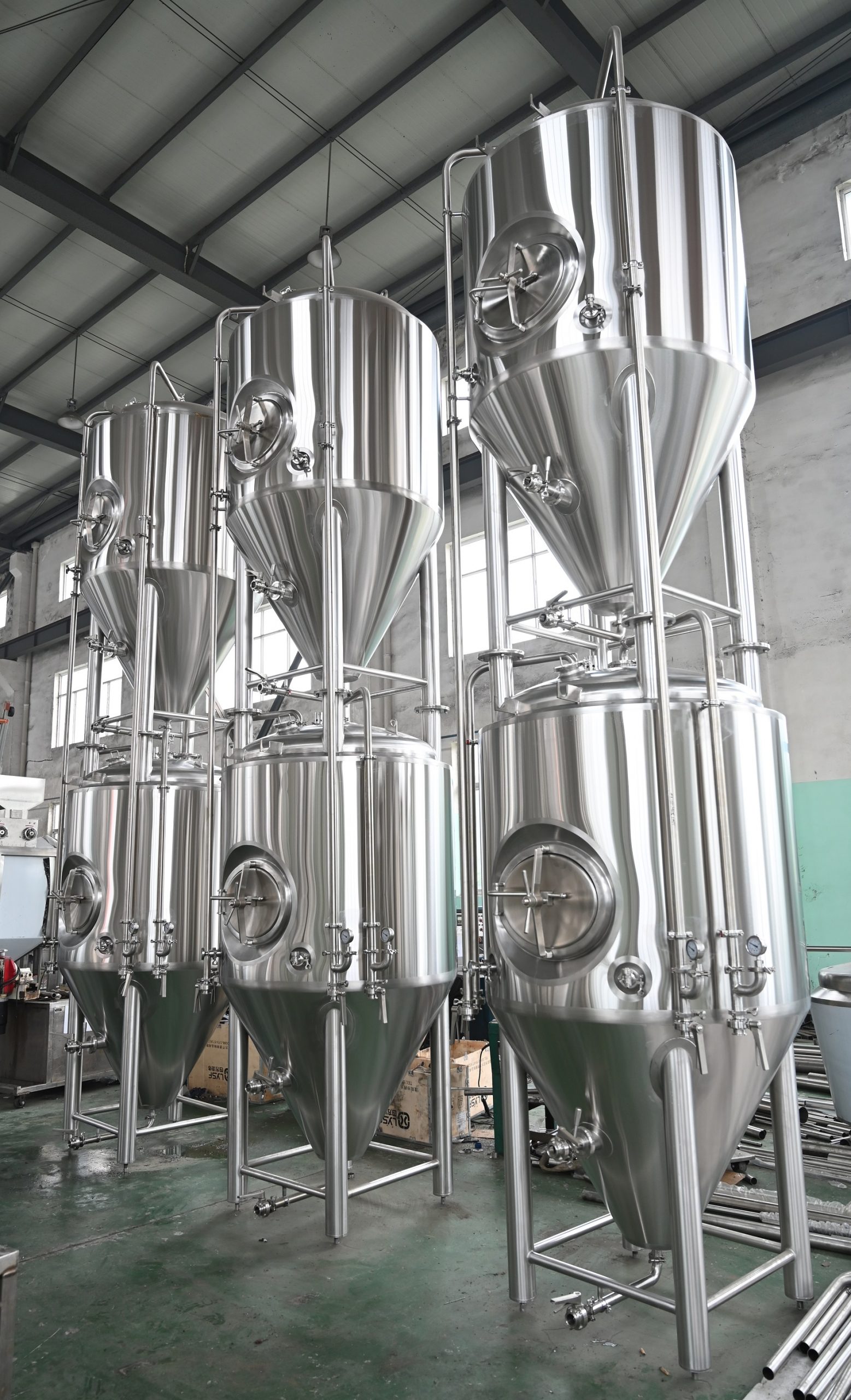
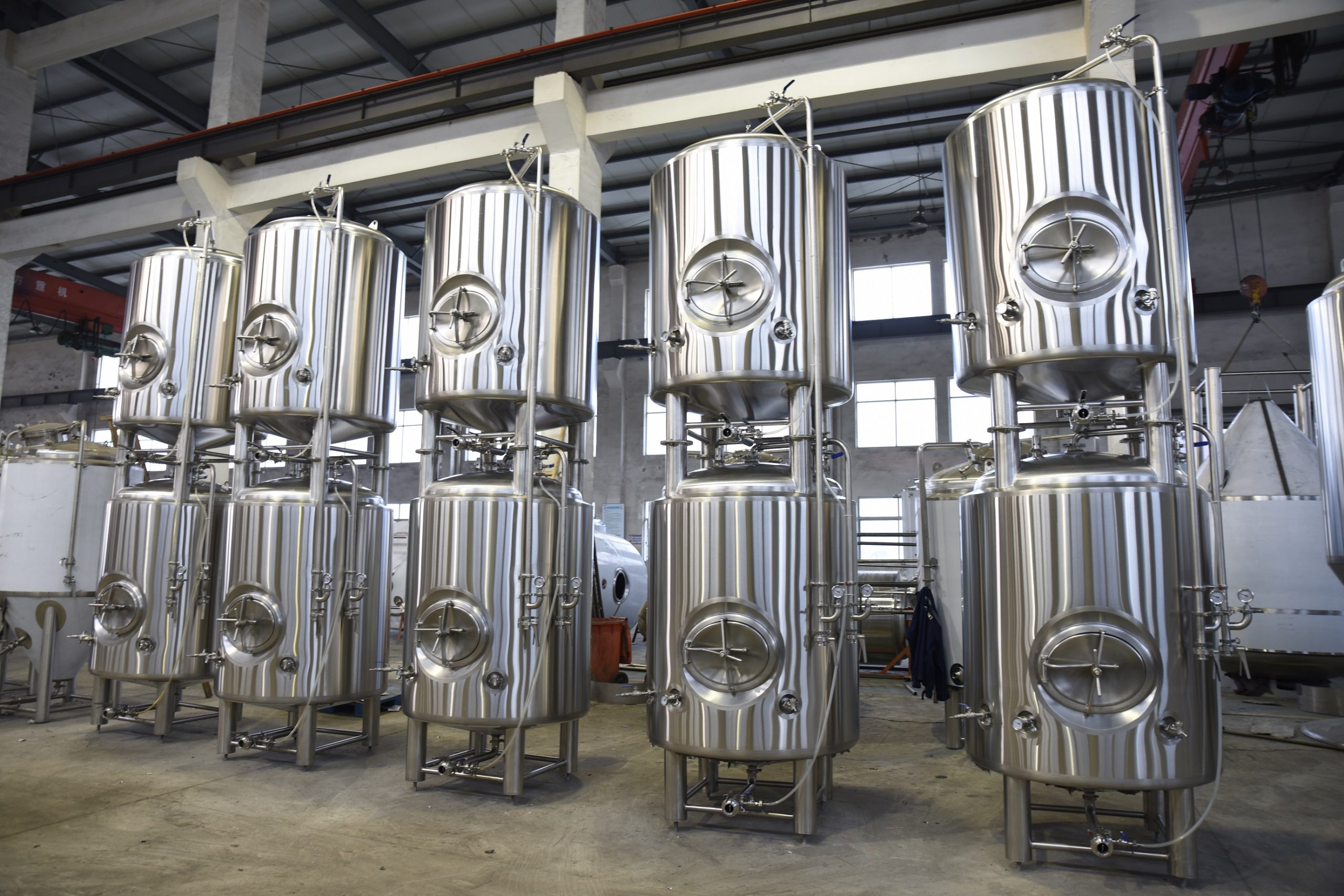
6. Open Fermenters:
Traditional open fermenters are shallow vessels that are open to the environment. These vessels allow for a large surface area of yeast exposure to the beer, which can influence the beer’s character. Open fermentation is still used in some breweries for specific beer styles, although it poses challenges in terms of cleanliness and yeast management.
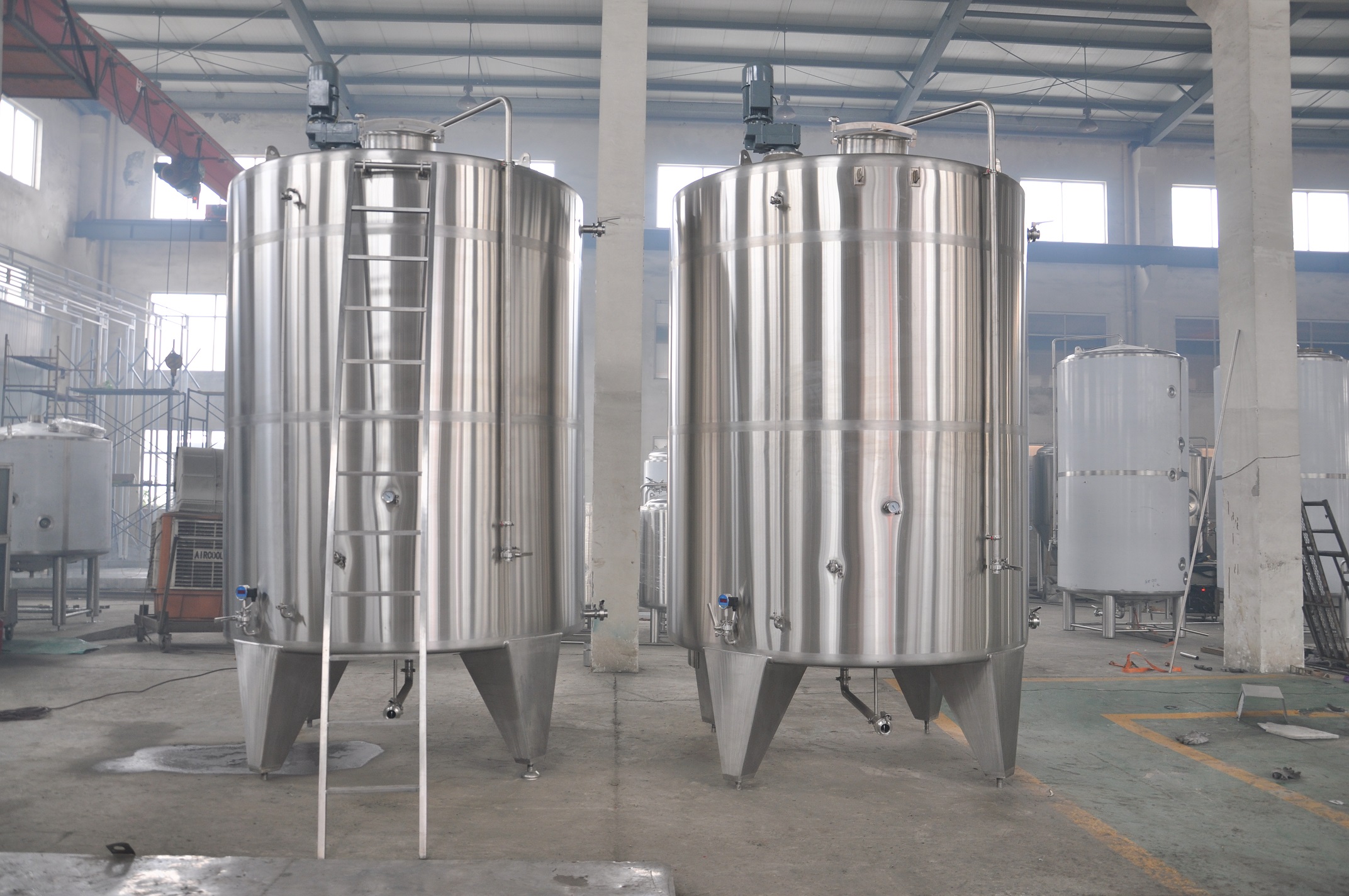
Remember that the choice of cellar tanks depends on the specific needs and goals of the brewery, such as batch size, beer style, available space, and budget. Each type of tank comes with its own advantages and considerations, so it’s essential to select the right vessels to ensure the best beer quality and production efficiency.





